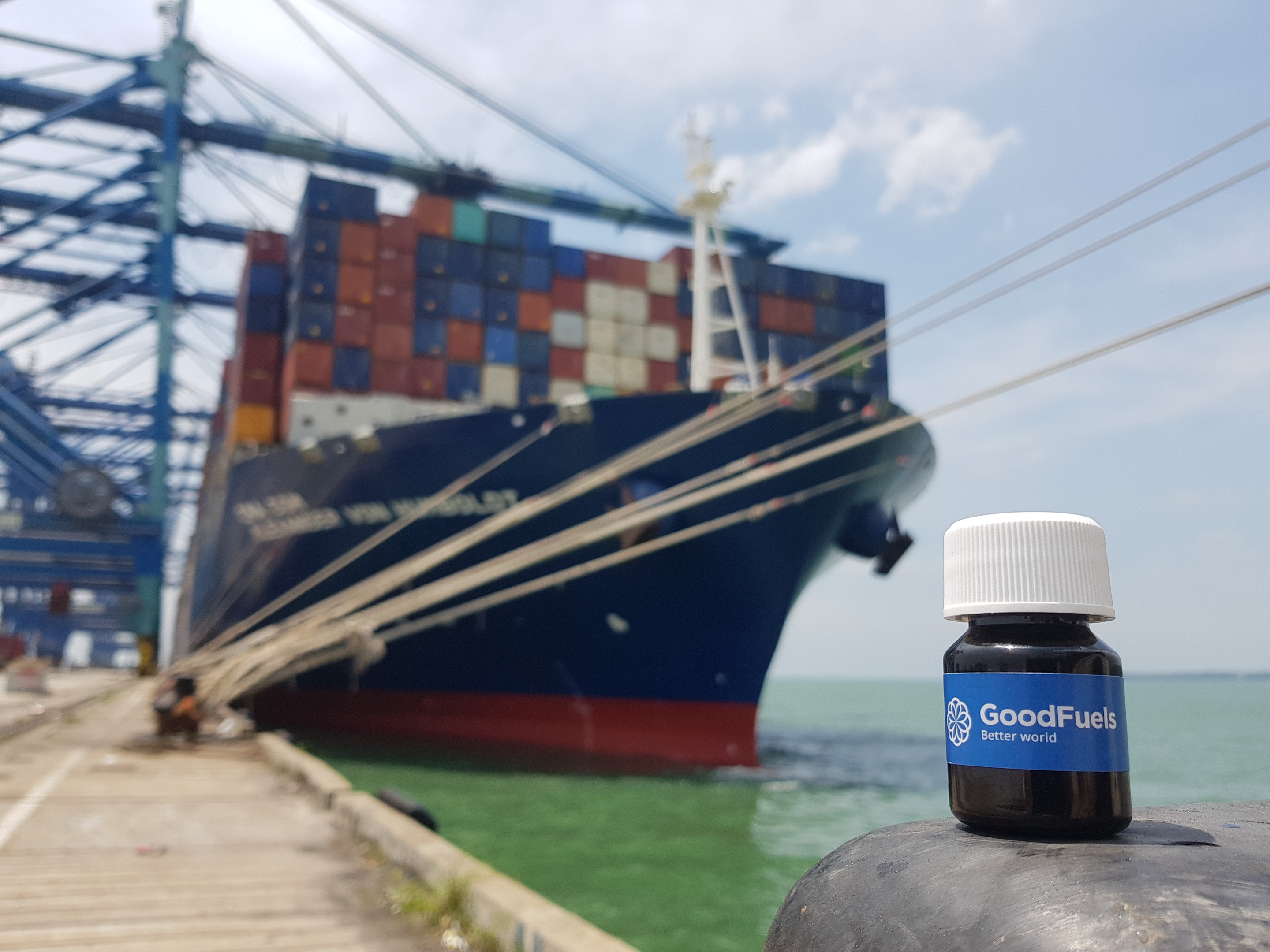

------
Glossary
Blue ammonia fuel
Blue ammonia fuel refers to ammonia used as an energy source, produced through a process where the carbon dioxide (CO2) emissions generated during its production from natural gas are captured and stored or repurposed. This makes it a low-carbon alternative to traditional fossil fuels, suitable for use in power generation, shipping, and other industries aiming to reduce their carbon footprint.
Blue ammonia vs green ammonia
Blue ammonia, made from natural gas with carbon capture, reduces emissions but still relies on fossil fuels. In contrast, green ammonia is produced using renewable energy, making it carbon-neutral and fossil fuel-free. While blue ammonia is more cost-effective with current technology, green ammonia is the more sustainable, environmentally friendly option for the future.
Biodiesel additive
A biodiesel additive is a substance mixed with biodiesel to enhance its performance, stability, and compatibility with diesel engines. These additives address various challenges associated with biodiesel, such as improving cold flow properties, increasing oxidation stability, and enhancing lubricity. Additives can also help prevent microbial growth in the fuel, reduce emissions, and improve combustion efficiency.
Biodiesel vs diesel
Biodiesel and diesel are both used in diesel engines but differ in origins and environmental impact. Diesel is a fossil fuel from crude oil, while biodiesel is renewable and made from vegetable oils, animal fats, or recycled grease.
Biodiesel burns cleaner, producing fewer greenhouse gases and pollutants. Diesel has high energy content and universal engine compatibility, whereas biodiesel offers better lubrication and can be used alone or blended, though higher blends may need engine modifications.
Bioethanol
Bioethanol is a renewable fuel derived from the fermentation of sugars found in plants, such as corn, sugarcane, wheat, and other biomass sources. It is primarily used as a biofuel additive for gasoline, enhancing the octane rating and improving combustion efficiency while reducing greenhouse gas emissions.
Biodiesel B100
Biodiesel B100, also known simply as B100, is a pure biodiesel fuel that consists of 100% biodiesel with no petroleum diesel blended in. It is made from renewable sources such as vegetable oils, animal fats, or recycled cooking oil. B100 can be used in its pure form in diesel engines, although it may require engine modifications and specific handling considerations.
Biodiesel b20
Biodiesel B20 is a fuel blend consisting of 20% biodiesel and 80% petroleum diesel, commonly used in diesel engines. It reduces greenhouse gas emissions and enhancing fuel lubricity, which can extend engine life.
Biomethane
Biomethane is a renewable gas produced by purifying biogas, which is generated from the anaerobic digestion of organic materials like agricultural waste, manure, and sewage. This purification process removes impurities such as carbon dioxide, resulting in a high-methane-content gas that can be used interchangeably with natural gas for heating, electricity generation, and as vehicle fuel.
Biomethane vs biogas
Biomethane and biogas are renewable energy sources from organic materials but differ in composition and use. Biogas, produced via anaerobic digestion, contains 50-70% methane and 30-50% carbon dioxide. Biomethane is purified biogas with over 90% methane, making it suitable for gas grids and vehicle fuel, while biogas is mainly used for onsite electricity and heat generation.
Biomethanol
Biomethanol is a renewable form of methanol produced from biomass or organic waste materials. It is a versatile and sustainable chemical used as a fuel, solvent, or feedstock for chemical synthesis, and it can help reduce greenhouse gas emissions compared to conventional fossil-fuel-based methanol.
Bio-LNG
Bio-LNG is a renewable form of liquefied natural gas (LNG) produced from biogas derived from organic waste, such as agricultural residues, manure, or food waste. It serves as a cleaner alternative to conventional LNG, offering lower carbon emissions and contributing to a more sustainable energy system.
Bunkering
Bunkering is the process of supplying fuel to ships for their own use. This process involves transferring fuel from storage facilities onshore or from fuel barges directly into the ship's fuel tanks.
HVO diesel
HVO vs biodiesel
Hydrotreated Vegetable Oil (HVO) and biodiesel are renewable diesel alternatives with key differences. HVO, produced through hydrotreatment, is chemically similar to conventional diesel, stable, and better in cold weather.
Biodiesel, made via transesterification, retains oxygen content, potentially causing higher emissions and compatibility issues. HVO offers superior performance, higher energy content, and compatibility with existing diesel infrastructure without modifications, while both reduce greenhouse gas emissions.
Marine fuel tracing
Marine biofuels
Methanol
Methanol, a basic alcohol, has long been used in the chemical sector as feedstock for thousands of everyday products, including plastics, paints and cosmetics. Recently though, it is being increasingly more recognised as an alternative fuel in the marine sector.
Plastic waste to fuel
Renewable diesel
Renewable diesel, also known as green diesel, is a type of biofuel that is chemically similar to petroleum diesel but is produced from renewable sources. Unlike biodiesel, which is produced through a transesterification process, renewable diesel is made through hydrotreating fats, oils, and greases, resulting in a fuel that is fully compatible with existing diesel engines and infrastructure.
Renewable diesel vs biodiesel
Renewable diesel and biodiesel are biofuels from renewable resources but differ in production and properties. Renewable diesel is made by hydrotreating fats and oils, making it chemically identical to petroleum diesel and fully compatible with diesel engines. Biodiesel, produced via transesterification of vegetable oils or animal fats, consists of fatty acid methyl esters (FAME) and may require engine modifications for high blends.
Renewable feedstock
Renewable feedstock refers to raw materials from natural, renewable resources replenished quickly, like crops, agricultural residues, forestry products, algae, and animal fats. Used in biofuels, bioplastics, and bioproducts, they offer a sustainable alternative to fossil-based resources, reducing environmental impact and enhancing energy security.







